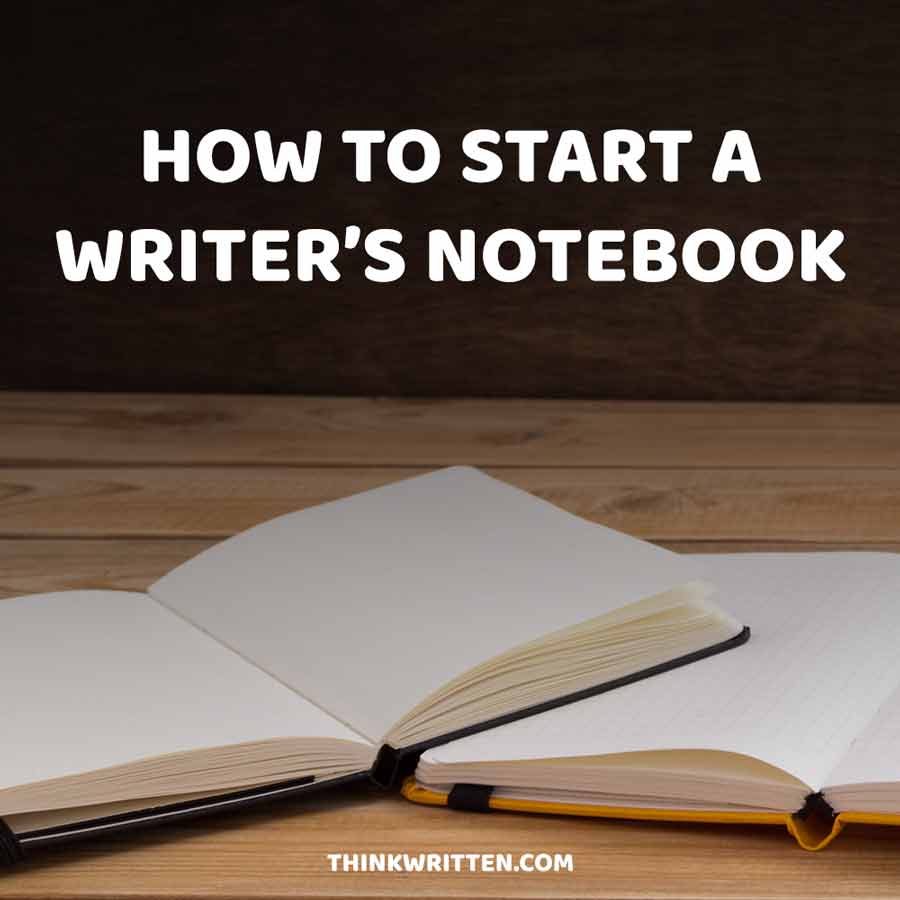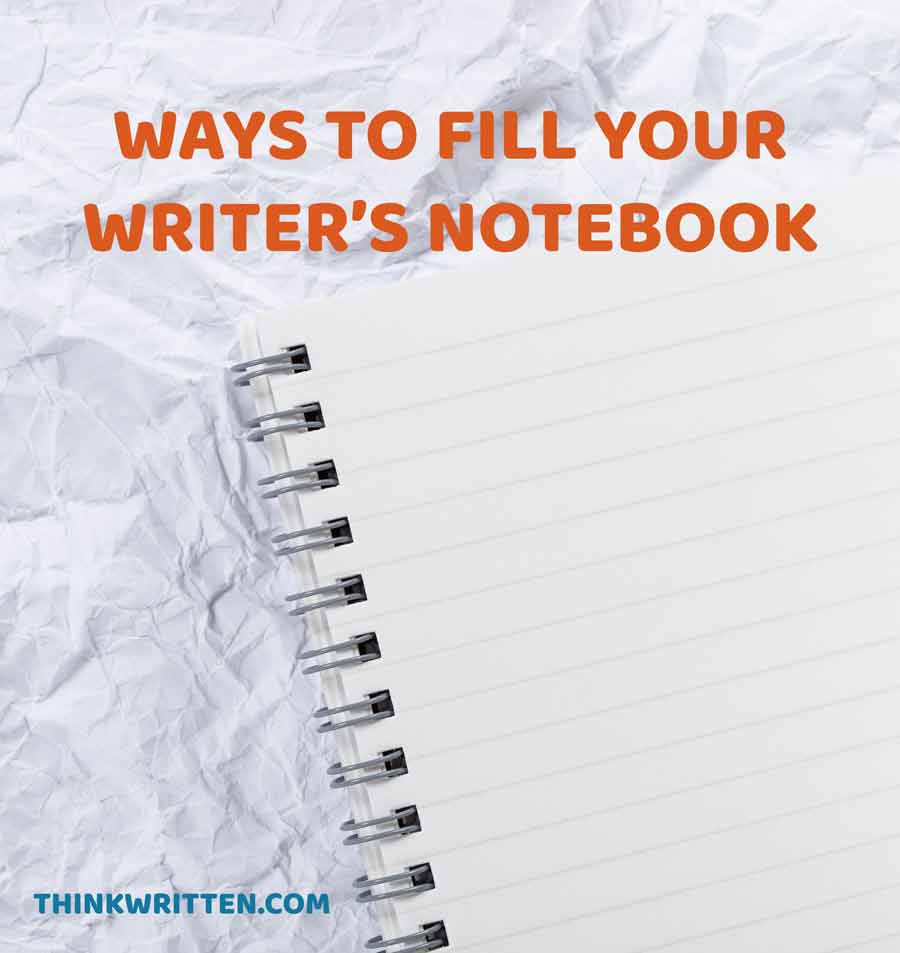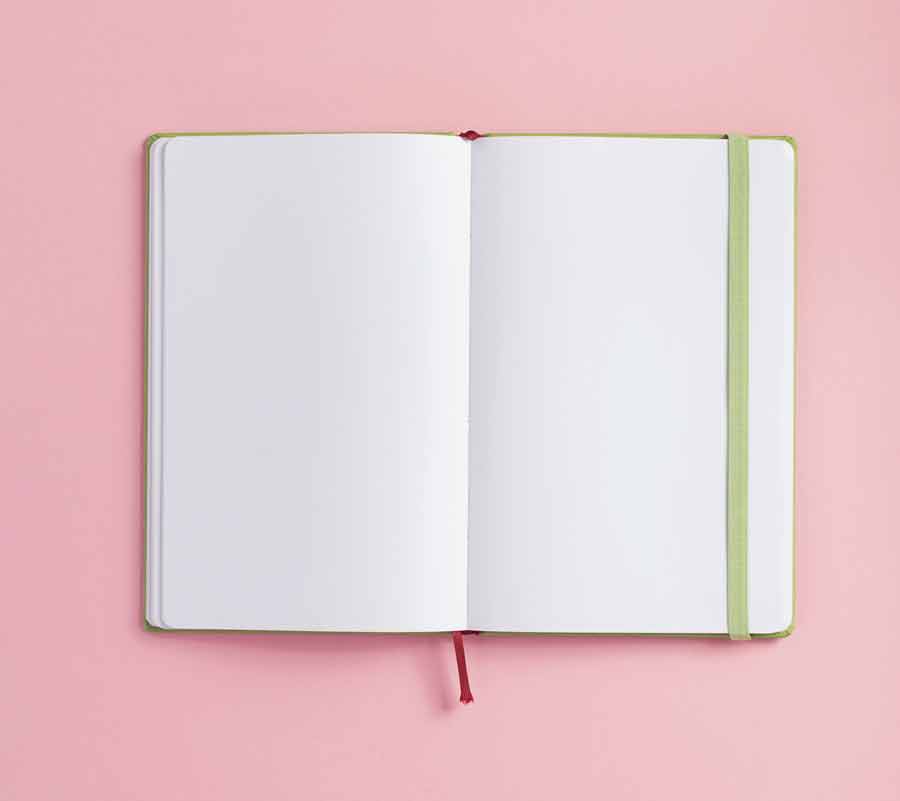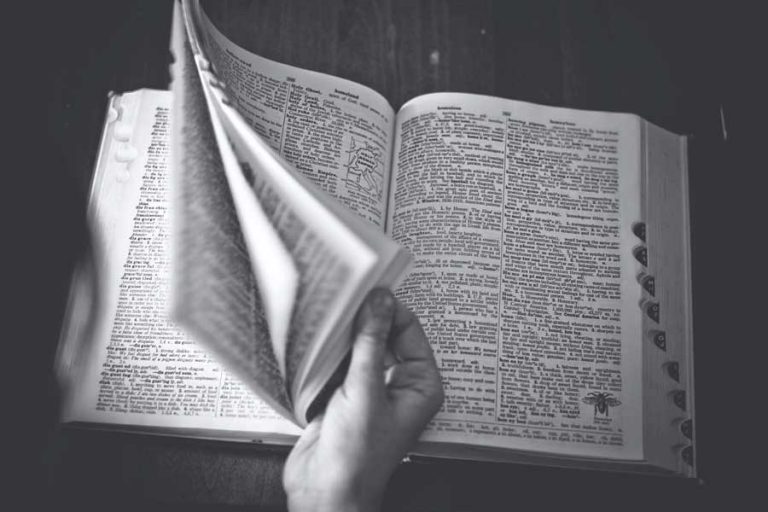We may receive a commission when you make a purchase from one of our links for products and services we recommend. As an Amazon Associate we earn from qualifying purchases. Thank you for support!
Keeping a writer’s notebook is a great way to stay organized and make sure you never lose a drop of inspiration again. Today we will share some tips on how to create and use a writer’s notebook.

My full-time day job is at a software company. On a normal day (pre-pandemic), there would be any number of people walking around the floor from meeting to meeting with their laptops in tow, taking digital notes at meetings and during conference calls. The incessant tapping is enough to drive me nuts, but I seem to be the only person who notices.
I am the outlier. Yes, I bring my laptop with me, but I take notes on a pad of paper with a pen. It helps me to organize my thoughts and to retain information.
Studies have shown that students who take notes long-hand show better comprehension and retention compared to those who either do not take notes or do so electronically. The same is true in a corporate setting and can help you with your writing as well.
So, while you could do your note taking on your computer (and certain things, like mood boards, are easier to do digitally at times), I am going to recommend whole heartedly that your Writer’s Notebook be hard copy and hand written.

What is a Writer’s Notebook?
So, what is a writer’s notebook? Simply put, it’s a mind dump for all the things that make you a writer – character biographies, settings notes, sketches, doodles, snippets of dialogue and narration, poems, thoughts and feelings about your story, and so on.
It’s like a journal, but it’s a dedicated space, and that is the first thing you need to realize. Your Writer’s Notebook is about writing and working on your writing ideas, not a place to scribble about what happened that day at work or that you’re falling in love or anything like that.
Primary form and function necessitate that you draw a fine, dividing line between your writing and your regular life. If you read my article on How to Build Your Writing Skills, you know I’m an advocate of writing with the door closed. It’s as much a metaphysical door as it is a door to a room. What exists outside the world of your writing doesn’t matter when you’re writing. Keep it out and keep the door shut.
Yeah, yeah – but what is it?
I have trialed a few different versions of this idea over the years, and really the form that it takes is up to you. I personally have used everything from composition notebooks to five-subject spiral bound notebooks to expensive leather journals.
I currently use a medium sized Lechtrum1917 notebook with dot grid pages. There are lots of things to love about this notebook, not the least of which being that the pages are numbered.
There is space in the front for you to write a table of contents to make it easier to find your ideas after you’ve had them. There are two ribbons for page markers, so you can keep track of the page you’re on and another page you’re referencing.
There is an expandable pocket in the back for you to put other things (I generally keep notecards, Post-it Page Flags, and a small 6 inch straightedge ruler). An elastic band keeps the covers closed and you can fit a pen through it at the top to keep everything in one place. I usually keep a pen and a pencil, mechanical or otherwise, up there (I do a lot of sketching and I like having the ability to erase my flubs).
Again, this is a personal preference (and sometimes a budget concern – Lechtrum1917 notebooks are certainly a luxury, but I am a paper snob and often write with a fountain pen or fine felt-tipped marker pens that would bleed through your standard college ruled filler paper), but it makes no difference if you use a $170 leather-bound journal from custom makers or a $0.25 spiral-bound notebook you bought at the department store on back-to-school clearance. Have something that works for you and keep it handy as often as possible.
How to Start a Writer’s Notebook

What’s good for the goose may be good for the gander, but we are writers, not water fowl. What works for me may not work for you at all, but there are a few systems that I either use now or have used in the past. Before I get into those, here are a few universal needs to keep in mind:
It needs to be organized:
Not just at the page level, but in its entirety. And that does not mean that you need to plan out every page in advance – that’s contrary to its primary purpose. That being said, you need to make what you write easy to find. To that effect, I recommend ensuring you have a couple blank pages in the front to make a table of contents and that you take the time to number the pages, if they aren’t already numbered for you. Colored tabs can help as well (as long as you write down what the color coding is and stick to it), but I generally only use them on a temporary basis as they tend to get in the way after a while.
It ought to be uniform:
Ought to be. As you’re working through figuring out your end of how this is supposed to work, you may transition between different styles of recording your ideas. That’s fine. It will take some time to settle into a specific milieu, but stick with one method once you find what works best for you. There comes a point where you end up focusing too much on the process and procedure and lose sight of what actually matters – the story. Know when to say it’s good enough and move on.
Ways to Fill Your Writer’s Notebook

Now that you have your notebook and your pages numbered, it’s time to start filling in pages, and there are a few ways to go about it.
Free Form Thought
The first and by far the most common is free-form thought, which is exactly what it sounds like. As ideas come into your head, you put them on paper, writing organically and, if we’re being honest, haphazardly.
Free-form is great for some things, and some people can rein themselves in to keep on a single topic for pages. For some of us, though, myself included, this isn’t the best way about things.
The form is minimal (not in that it isn’t ostentatious, there just isn’t that much form to be had), which makes plotting out pages in your table of contents rather obnoxious. This is fine for standard journaling, but we’re journaling with purpose.

Bullet Journaling
Next is the ever-popular bullet journal, which has amazing utility especially if you already have a goal and story in mind. There are literal tons of articles and even books on how to do bullet journaling, so I won’t go into too much depth here, but there is a very good reason why I use bullet journaling for project planning at work and at home.
It’s part journal, part planner, part calendar, and part written meditation. It helps to focus your efforts and shines a light on activities that don’t serve the end-goal or your betterment in total, giving direction to your thoughts and actions.
For those of us with executive function disorders like ADHD, taking time to map out our actions for the day and the week and the month and the year can have a very positive effect on our behaviors, and not just as writers.
Art Journaling
Another method worth considering if you are feeling creative, is art journaling, where you draw more than you write. This may sound like something only a visual artist would do – maybe, in the case of fiction writing, someone who writes graphic novels – but it’s for everyone, and not just people who can actually draw.
When working out a scene, either for my writing or for a roleplaying game, I like to have a visual reference for physical space. It helps me to avoid the various pitfalls of writing, such as forgetting which side of the house the cupola is on or where in position to the door is the fireplace in a room and so on. I’m also very fond of drawing maps – I’m a D&D nerd, after all, so this should come as no surprise to anyone.
If you love writing prompts, you can also stretch your creativity with drawing prompts – See a huge List of 365 Drawing Ideas here.
The Getting Things Done System

Lastly – and this is less of a journaling method and more an organizational lifestyle – is the Getting Things Done system. Your brain is a great computer, but a terrible filing cabinet. If you want to store vast amounts of information, you need to ensure that it is being recorded in a timely fashion. Enter GTD, formalized by productivity consultant, David Allen.
For this method you will actually need two notebooks – one to carry with you everywhere (a small pocket steno pad works for me) and another in which to transcribe your daily notes.
GTD depends on you writing down everything – and I do mean EVERYTHING – that comes into your head that you could conceivably need later, and then following a specific philosophy to analyze, organize, and act on that information. Allen has written books on how to put this method to work, so I won’t go into super fine detail here. There are good primers everywhere if you don’t want to buy the book, but this specific LifeHacker article was my gateway into GTD.
Okay, but which one do you use?
I actually use a hybrid of all of these as no one method worked “best” for the way that my brain operates. I keep my pocket steno available at all times, and, at the end of the day, transcribe any important take-aways into my regular notebook as bullets that I use to plan out my future agendas.
I start my morning making a journal page to sketch out my calendar for work, draw my reference pictures and things when needed, and free-form my way through complex ideological issues – sort of a way to talk myself off of (or onto, as the case may be) a ledge.
Yes, I am technically breaking the rules of uniformity, but I’ve been doing it so long that it makes sense with my process. But, again, this doesn’t work for everyone, and it has taken me years to settle on a system – one that I am still to this day refining. Your best bet is to try everything that makes sense and keep what works best for you. The important thing is you keep writing!
Do you have any tips for how to keep and use a writer’s notebook? What methods do you use? Share your thoughts in the comments below!






